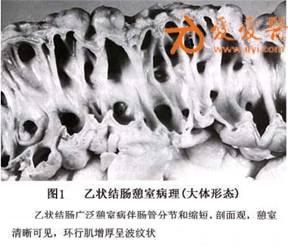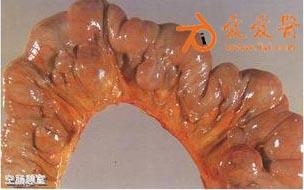一项全国数据库分析显示,择期结肠切除术的转归因适应症而异,憩室病的风险和费用更高。在校正其他因素后,与接受相同的结肠切除术治疗结肠癌的患者相比,憩室病患者术后死亡、感染及需要进行造瘘术的可能性增加67%~90%,该项结果在线发表于《Archives of Surgery》杂志上。
研究者分析纳入了全国住院患者样本2003~2009年纪录的78879名进行降结肠择期结肠切除术或结肠次全切除术治疗憩室病(51%)、结肠癌(43%)或IBD(6%)的成人。

结直肠癌患者的未校正死亡率最高(1.22%),他们的平均共病评分较高。未校正死亡率显著高于憩室病和IBD患者(0.44%和0.85%)。结肠切除术治疗憩室病的未校正术后感染率也是最低的(10.39%对IBD的15.40%和结肠癌的11.29%,P值均<0.001)。
但是在校正年龄、性别、人种、住院年数和共病后,结果发生了变化。结肠切除术治疗憩室病与结肠癌的校正比值比对比如下(所有P值均在0.03到<0.001之间):院内死亡率1.90,术后感染1.67,出血1.71,并发急性心肌梗死5.33,卒中或脓毒症1.96,肾衰竭2.61,肺功能受损2.49,血栓栓塞并发症1.58,术中进行造瘘术1.87。
可能的解释包括,由于既往炎症导致的瘢痕组织和纤维化组织使腹腔镜手术转为开腹切除术较多、多疗程抗生素治疗憩室炎复发导致抗生素耐药细菌流行率较高。但这些管理数据存在局限性:可能低估了创口感染。
与结直肠癌手术相比,结肠切除术治疗炎性疾病后的校正转归都是最差的,院内死亡的OR为6.54,进行造口术的OR为71.42,并且所有术后并发症的风险均较高。
校正共病评分和其他因素后,憩室病的总住院费用比结直肠癌患者高6678.78美元,IBD患者比结直肠癌患者高18557.13美元(P值均<0.001)。憩室病的校正住院时间长1天,IBD的校正住院时间长3天(P值均<0.001)。
当非手术成功治疗急性憩室炎后考虑常规择期结肠切除术时,应意识到这些相对较差的转归。该团队指出,风险比例失调在预期之外,但是这有可能是因为憩室炎是炎性疾病,而结肠癌不是。

Outcomes and Costs of Elective Surgery for Diverticular Disease: A Comparison With Other Diseases Requiring Colectomy.
OBJECTIVE
To compare outcomes and costs of elective surgery for diverticular disease (DD) with those of other diseases commonly requiring colectomy. DESIGN Multivariable analyses using the Nationwide Inpatient Sample to compare outcomes across primary diagnosis while adjusting for age, sex, race, year of admission, and comorbid disease. SETTING A sample of US hospital admissions from 2003-2009. PATIENTS All adult patients (≥18 years) undergoing elective resection of the descending colon or subtotal colectomy who had a primary diagnosis of DD, colon cancer (CC), or inflammatory bowel disease (IBD). MAIN OUTCOME MEASURES In-hospital mortality, postoperative complications, ostomy placement, length of stay, and hospital charges. RESULTS Of the 74 879 patients, 50.52% had DD, 43.48% had CC, and 6.00% had IBD. After adjusting for other variables, patients with DD were significantly more likely than patients with CC to experience in-hospital mortality (adjusted odds ratio, 1.90; 95% CI, 1.37-2.63; P < .001), develop a postoperative infection (1.67; 1.48-1.89; P < .001), and have an ostomy placed (1.87; 1.65-2.11; P < .001). The adjusted total hospital charges for patients with DD were $6678.78 higher (95% CI, $5722.12-$7635.43; P < .001) and length of stay was 1 day longer (95% CI, 0.86-1.14; P < .001) compared with patients with CC. Patients with IBD had the highest in-hospital mortality, highest rates of complications and ostomy placement, longest length of stay, and highest hospital charges. CONCLUSIONS Despite undergoing the same procedure, patients with DD have significantly worse and more costly outcomes after elective colectomy compared with patients with CC but better than patients with IBD. These relatively poor outcomes should be recognized when considering routine elective colectomy after successful nonoperative management of acute diverticulitis.